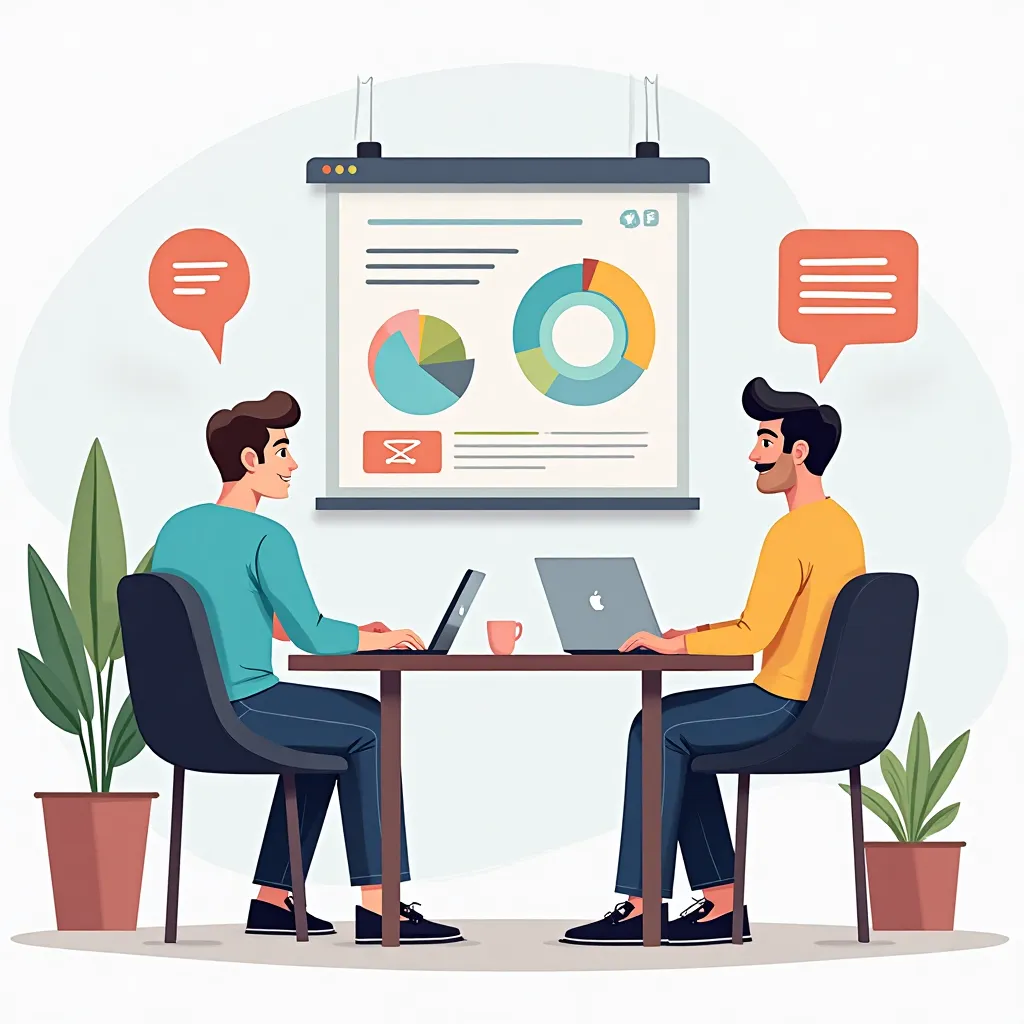Unlock the Power of User Interviews: A Comprehensive Guide
The Uniqueness of User Interviews
As a UX designer, you know that user interviews are the backbone of your research. However, it’s easy to fall into a routine, asking the same questions and getting the same insights. To break free from this cycle, it’s essential to mix things up and derive fresh input. Before we dive into the library of UX interview questions, let’s acknowledge that each interview is unique, influenced by factors like context, interview type, product, interviewee, and interviewer.
The User Interview Question Library
To help you navigate the complexities of user interviews, we’ve curated a library of 23 questions, categorized into six areas:
Discovering Problems
Understanding the problems users face is a primary goal of user interviews. These questions will help you shed light on the problem space:
- What’s the biggest challenge you have with [Job To Be Done]?
- Please describe the last time you did [Job To Be Done].
- How many times, in the last N days, did you [Job To Be Done]?
- What does your typical [Job To Be Done] look like?
Assessing Importance
Not all problems are worth solving, and not all ideas are worth implementing. These questions will help you assess the importance of the problems you’ve discovered:
- How does this problem impact other areas of your life?
- How often do you find a use for this type of solution?
- If someone were to solve this problem, how would that improve your life?
- How disappointed (1–5) would you be if the solution stopped existing?
Validating the Product
Sometimes, you need to validate specific ideas or the product’s usability. These questions will help you gather meaningful feedback from users:
- What part of the product did you like the most/least?
- If you were trying to [Job To Be Done], where would you start? How would you do it?
- Describe the last time you used [product] to [Job To Be Done]?
Discovering Positioning
Good positioning sets off a set of assumptions about your product that are true. These questions will help you understand how users perceive your product:
- How would you describe [product] to a friend or colleague?
- If [product] didn’t exist, what alternatives would you use?
- If you were to describe [product] in one word, what would it be?
- What do we do better than alternatives?
Understanding Willingness to Pay
Understanding customers’ willingness to pay is critical for setting the right price points and prioritizing features. These questions will help you gauge their willingness to pay:
- At what point would you find the price [too expensive | expensive | cheap | too cheap]?
- Would you pay [amount] for the product/feature?
- How probable, on a scale 1–5, would you be to pay [amount] for the product/feature?
Evaluating Communication
Communication is a critical part of every product. These questions will help you evaluate your copywriting and messaging:
- What’s the main benefit of using [product/feature]?
- Based on the tagline, what do you think [company/product] does?
- What do you think [feature] lets you do?
- Are you aware that we offer [solution]?
Conclusion
The quality of your user interview depends on the quality of questions you ask. By using these questions as inspiration or adapting them to your context, you’ll be able to uncover valuable insights that will inform your design decisions. Remember, each interview is unique, and the goal is to choose questions that fit your current needs.
